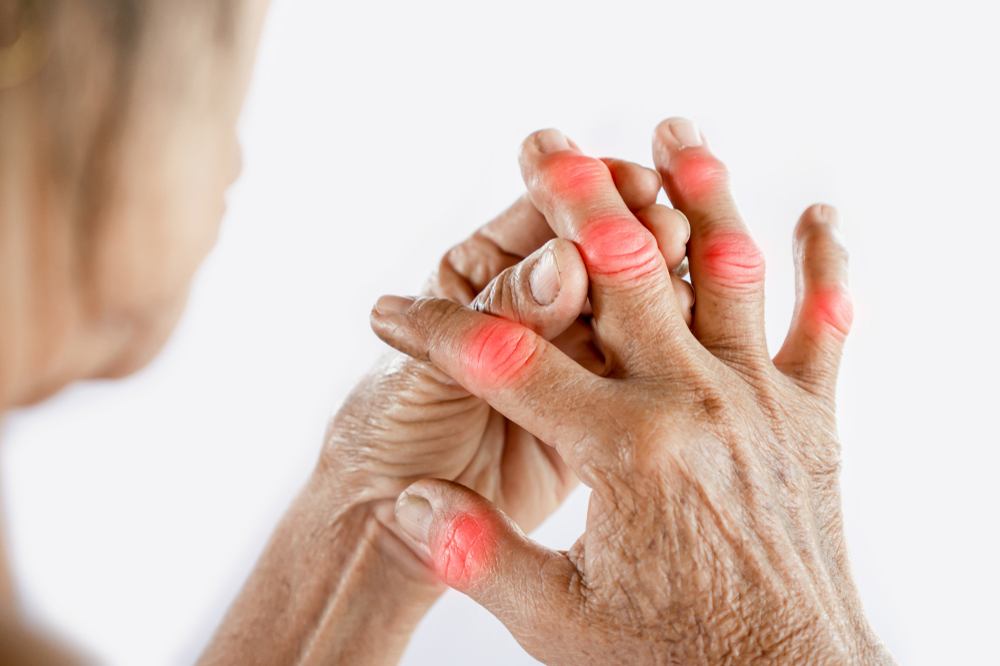Common Causes Of Bursitis

The most common causes of bursitis include; (3)
Infection
When most people think of infection, they think of a virus or bacteria that enters the body and causes sickness. While this is often the case, infection can also lead to other conditions, such as bursitis.
Bursitis is an inflammation of one or more bursae, which are small, fluid-filled sacs that cushion and lubricate movable parts of the body, such as the joints. Infection is a common cause of bursitis and can occur when bacteria or a virus enters the body through a break in the skin, such as a cut or scrape. Infection can also spread to the bursa from another part of the body, such as an infected joint.
The most common cause of bursitis is an infection caused by a bacteria. The bacteria can enter the body through a cut or wound in the skin, or by coming into contact with an object that has bacteria on it. Bacteria can also spread to the bursa from other parts of the body, such as the urinary tract or gastrointestinal tract. The most common bacteria that causes bursitis is Staphylococcus aureus, followed by Streptococcus pyogenes. Other types of bacteria that can cause bursitis include Pseudomonas aeruginosa and Klebsiella pneumoniae.
Infection can also be caused by a virus. The most common viruses that are associated with bursitis are the herpes viruses and the Coxsackie viruses.
Injury
When you injure yourself, one of the things that can happen is bursitis. There are a few different ways that you can injure yourself and cause bursitis. One way is by falling on an outstretched arm. This can cause the bursa sac in your elbow to become inflamed. Another way to injure your bursa sac is by getting hit in that area. For example, if you get kicked in the shin, you could develop bursitis in that area.
Overuse
Bursitis is a condition that results from overuse of the joint. This type of injury is common in athletes who participate in sports that require repetitive use of the joint, such as running or cycling. Athletes are particularly prone to developing bursitis due to the amount of stress that is placed on their joints. The most commonly affected joint is the hip, but other joints can be affected as well.
Being overweight
Bursitis can be caused by a number of things, including being overweight. When you are overweight, you are more likely to experience bursitis in the joints because of the extra stress that is placed on them. This can lead to pain, inflammation, and stiffness in the joint. If you are overweight and are experiencing these symptoms, it is important to see a doctor to get diagnosed and treated for bursitis.
Arthritis
Arthritis causes inflammation, which in turn can lead to bursitis. The condition is characterized by pain, swelling, stiffness in the joint, and reduced range of motion. When the inflammation occurs in the shoulder, it is called shoulder bursitis. When arthritis affects the shoulder joint, it can cause inflammation of the bursa, a small sac located between the rotator cuff and the upper arm bone. When it affects the hip, it is called hip bursitis.
Thyroid disease
One common medical condition that can lead to bursitis is thyroid disease. It is a disorder that affects the thyroid gland – a gland is located in the neck and it produces hormones that help regulate the body’s metabolism. When the thyroid gland is not working properly, it can lead to a number of health problems including bursitis.
People with gpiter or other thyroid diseases often have problems with their immune system. This can lead to inflammation and swelling in the joints, including the bursa sacs. The bursa sacs are small fluid-filled sacs that cushion and protect the joints.
Diabetes
Diabetes is a condition in which the body does not produce enough insulin or cannot use insulin properly. This can lead to high blood sugar levels, which can damage the body’s tissues and organs over time. One of the tissues that can be damaged is the bursa.
When the bursa becomes inflamed due to diabetes, it can cause pain and swelling in the joint. In severe cases, the inflammation may spread to other parts of the body. Treatment for diabetes-induced bursitis typically includes antidiabetic drugs or insulin to lower the glucose levels and anti-inflammatory drugs to reduce inflammation.
A history of tendonitis
Tendonitis, or inflammed tendons, is a condition that results when the tendon, which attaches muscle to bone, becomes inflamed. Tendonitis can be caused by a variety of things, including overuse, improper use, or injury. When tendonitis occurs in the shoulder, it can lead to bursitis.
Bad posture
Bad posture is one of the most common causes of bursitis. When you slouch over for long periods of time, the pressure on your shoulder blades can irritate the bursa sacs in your shoulder. This can cause inflammation and pain in the joint. In addition, bad posture can also lead to neck and back pain, which can also aggravate bursitis. If you are experiencing symptoms of bursitis, be sure to correct your posture and see a doctor if the pain persists.
Gout
Gout is a type of arthritis that can cause inflammation and pain in the joints. One common complication of gout is bursitis, which is inflammation of the bursa, a small sac of fluid that cushions and lubricates the joint. Gout can cause bursitis because it causes inflammation in the joints. When the gout flares up, the inflammation can spread to the bursa and cause it to become inflamed.
Bursitis is not always caused by gout, but if you have gout and experience any pain or swelling in your joints, you should see your doctor to rule out bursitis as a possible cause.
